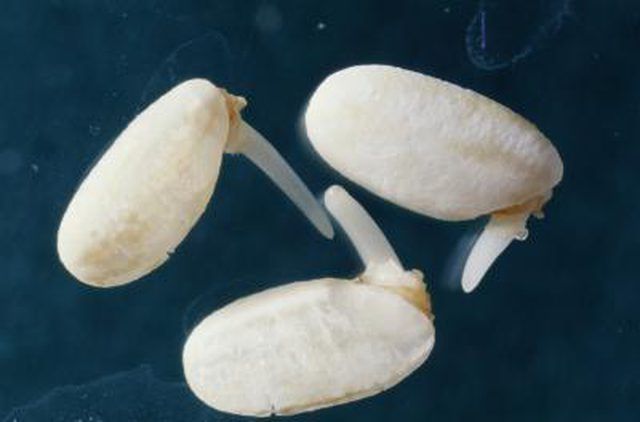Bulbs
Flower Basics
Flower Beds & Specialty Gardens
Flower Garden
Garden Furniture
Garden Gnomes
Garden Seeds
Garden Sheds
Garden Statues
Garden Tools & Supplies
Gardening Basics
Green & Organic
Groundcovers & Vines
Growing Annuals
Growing Basil
Growing Beans
Growing Berries
Growing Blueberries
Growing Cactus
Growing Corn
Growing Cotton
Growing Edibles
Growing Flowers
Growing Garlic
Growing Grapes
Growing Grass
Growing Herbs
Growing Jasmine
Growing Mint
Growing Mushrooms
Orchids
Growing Peanuts
Growing Perennials
Growing Plants
Growing Rosemary
Growing Roses
Growing Strawberries
Growing Sunflowers
Growing Thyme
Growing Tomatoes
Growing Tulips
Growing Vegetables
Herb Basics
Herb Garden
Indoor Growing
Landscaping Basics
Landscaping Patios
Landscaping Plants
Landscaping Shrubs
Landscaping Trees
Landscaping Walks & Pathways
Lawn Basics
Lawn Maintenance
Lawn Mowers
Lawn Ornaments
Lawn Planting
Lawn Tools
Outdoor Growing
Overall Landscape Planning
Pests, Weeds & Problems
Plant Basics
Rock Garden
Rose Garden
Shrubs
Soil
Specialty Gardens
Trees
Vegetable Garden
Yard Maintenance
Growing Seeds in a Cup With Cotton
Growing Seeds in a Cup With Cotton. Many preschoolers garden right alongside the older family members. They typically understand that you bury a seed in the dirt and sometime later, a plant pops up. Use this activity to show your youngster what happens to the seed underground after you plant it, but before the little seedling pokes its head through...

Many preschoolers garden right alongside the older family members. They typically understand that you bury a seed in the dirt and sometime later, a plant pops up. Use this activity to show your youngster what happens to the seed underground after you plant it, but before the little seedling pokes its head through the surface. Show your child how to make a tiny greenhouse out of a cup with cotton inside it to sprout some seeds. While the experiment works with just about any type of seed, children can enjoy eating their own radish, alfalfa and broccoli sprouts.
Things You'll Need
Cotton balls
Clear plastic cups
Water
Sprouting seeds, such as radish, alfalfa or broccoli
Plastic spray bottle
Masking tape
Fill a clear plastic cup about one-third of the way with cotton balls. Firm the cotton gently into place with your fingers
Dribble a little water onto the cotton moistening the surface. If you see water trickling into the cupís bottom, you added too much. Drain the excess.
Sprinkle sprouting seeds such as radish, alfalfa or broccoli on top of the cotton. Mist them with a little water from a plastic spray bottle.
Poke a few holes in the bottom of a separate clear plastic cup. This becomes the top of the miniterrarium. The holes allow air circulation around the seeds. Flip it upside down. Set it on top of the cup with the seeds and cotton in it forming an enclosure. Secure the cups together loosely with a few small pieces of masking tape.
Set the terrarium in a brightly lit, warm spot out of direct sun. The tops of your refrigerator or above a hot water heater are good locations.
Remove the terrarium cover every day to make sure the cotton remains moist. Spritz it with water if it begins drying out. The seeds begin sprouting in a few days.